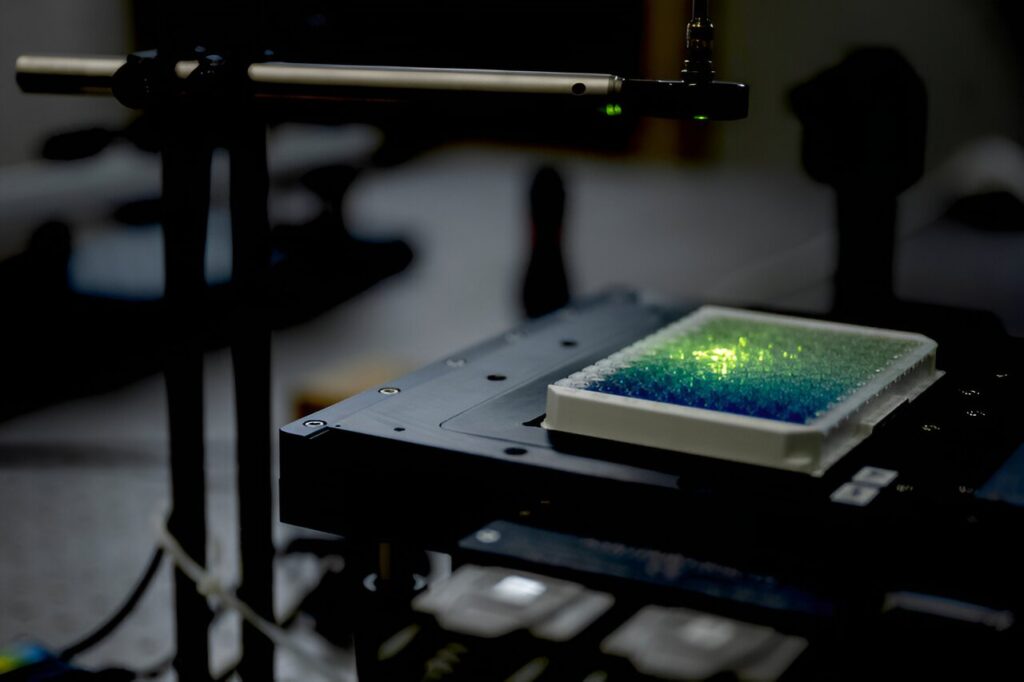The Fraunhofer Institute for Microelectronic Circuits and Systems IMS and Ruhr University Bochum, Germany, have developed a process that enables a new form of signal amplification for diagnostic tests. Through the advanced use of luminescent single walled carbon nanotubes in bioanalytics, test procedures can be carried out more sensitively, quickly and cheaply.
The sensors can be used for enzymatic processes. Their adaptability to different reaction conditions opens up a wide range of applications for standard methods such as ELISAs, short for Enzyme-linked Immunosorbent Assay.
The results were published on December 15, 2023, in Angewandte Chemie International Edition. They open up new possibilities for improving diagnostic procedures and saving detection agents.
Diagnostic limits can be improved with luminous carbon sensor
Many diagnostic procedures use light to detect the amount of a particular substance. This may be a colored substance or a luminescent substance. Unfortunately, there are many background signals in the visible light range. To shift the optical signal of a measurement into a better spectral range, the researchers used carbon tubes less than one nanometer in diameter. This is about 100,000 times thinner than a human hair.
The sensors fluoresce in the near-infrared range, which is not visible to the human eye, and do not bleach. In addition, the sensors’ fluorescence is sensitive to their chemical environment due to a modification on their surface. This makes it possible to observe chemical reactions and detect reaction products when they interact with the nanotube.
The fluorescence of the nanotubes shifts the signal into the near-infrared range, which, combined with the high sensitivity of the nanotubes, results in a shift in the detection limit. This is important, for example, when disease markers are present at very low levels in an infection or disease such as cancer.
The ability to tailor the nanotubes to different analytes opens up a wide range of possibilities, including an increase in sensitivity. This gain in sensitivity allows for a potential shift in detection limits, which can lead to both material and time savings in diagnostic processes. This innovative approach could significantly increase the efficiency of detection methods in medical diagnostics.
The group demonstrated that the new sensor principle works using the substrates p-phenylenediamine and tetramethylbenzidine for the enzyme horseradish peroxidase. “This enzyme is used in a variety of biochemical detection methods,” explains Justus Metternich of the Fraunhofer IMS.
“In principle, however, the concept can be applied to all kinds of systems. For example, we have also investigated the enzyme β-galactosidase, which is of interest for diagnostic applications. With a few modifications, it could also be used in bioreactions.”
In the future, the group plans to adapt the sensors for other applications. For example, depending on the application, the sensors could be made more stable with so-called quantum defects. “This would be particularly advantageous if you not only want to measure in simple aqueous solutions, but also want to follow enzymatic reactions in complicated environments with cells, in the blood or in a bioreactor itself,” explains Sebastian Kruss, Professor of Physical Chemistry at Ruhr University Bochum and head of the Attract Group Biomedical Nanosensors at the Fraunhofer IMS.


